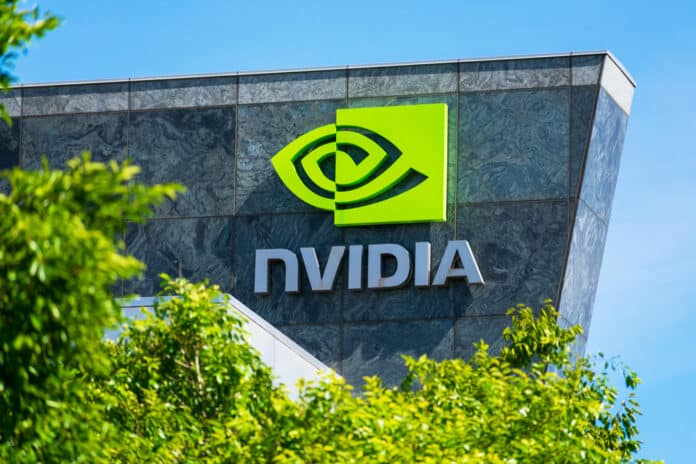Nvidia (NVDA) posted record quarterly revenue when it released recent earnings. Its quarterly revenue came in at $22.1 billion, rising 22% quarter-over-quarter and 265% year-over-year.
The stock is nearly up 60% year-to-date and soared over 15% after the earnings announcement briefly hitting a $2 trillion market cap. This comes after 2023 was already a record year for the tech titan.
There’s more on the horizon for Nvidia, here’s why:
The AI golden ticket
Nvidia’s stock has seen significant growth in recent years driven by increasing demand for graphics processing units (GPUs) for gaming and now artificial intelligence.
GPUs, traditionally used for video games, are ideally suited for handling the complex calculations required for AI tasks like training deep learning models.
Nvidia has capitalized on the AI trend early on, establishing itself as the go-to supplier for AI hardware. Its powerful GPUs, like the A100 and H100, are the engines driving some of the most advanced AI projects globally.
Data center revenue for Nvidia rose 409% year-over-year last quarter to $18.4 billion. Sales jumped fivefold year-over-year, driven by Nvidia Hopper chips for AI models and applications. Large cloud providers contributed over half of the revenue.
This leadership position translates to a staggering 80-95% market share, giving Nvidia a significant advantage over competitors like AMD and Intel.
Tapping other AI markets
Analysts have drawn parallels between Nvidia’s current success and the picks and shovels providers during the gold rush of the 1800s, as Nvidia’s chips are used by almost all generative AI players from ChatGPTmaker OpenAI to Google.
This has helped the company vault from $1 trillion to $2 trillion in market value in around eight months—the fastest among U.S. companies and in less than half the time it took tech giants like Apple to achieve the same feat.
But Nvidia’s not just selling shovels in the AI gold rush. It’s also actively participating in the mining process. The company develops its own AI software and frameworks, like DeepStream and NVIDIA Triton Inference Server, creating a comprehensive AI ecosystem.
This vertical integration strengthens its position and allows it to capture more value from the AI revolution.
As AI adoption explodes across industries, from self-driving cars to healthcare, the demand for high-performance GPUs is skyrocketing.
Beyond AI: Diversification Pays Off
While AI is undoubtedly a major driver, Nvidia’s success isn’t solely dependent on it. It still enjoys a strong presence in other key tech markets, like gaming and professional visualization.
Its GeForce RTX series GPUs are the gold standard for PC gamers, and its professional GPUs power workstations used in various industries, from engineering to design.
This diversification provides a safety net, mitigating risks associated with potential fluctuations in the AI market. The recent recovery in the PC market, with PC shipments rising for the first time in over a year, further bolsters Nvidia’s financial stability.
What could go wrong?
On the flip side, the expectations are huge for Nvidia. However, supply chain constraints can hamper production and competition from AMD and Intel is heating up. Additionally, the high valuation of the stock raises concerns about potential overvaluation.
However, the long-term outlook remains positive. The AI market is projected to grow at a staggering 37% CAGR until 2030, creating ample opportunities for Nvidia. The company’s focus on innovation, its strong brand recognition, and its diversified revenue streams position it well to capitalize on this growth.
Bottom line
For investors seeking exposure to the AI revolution, Nvidia is a compelling option. Nvidia’s momentum in the booming AI market will continue as cloud computing companies boost their capital expenditures to meet AI interference demand.


